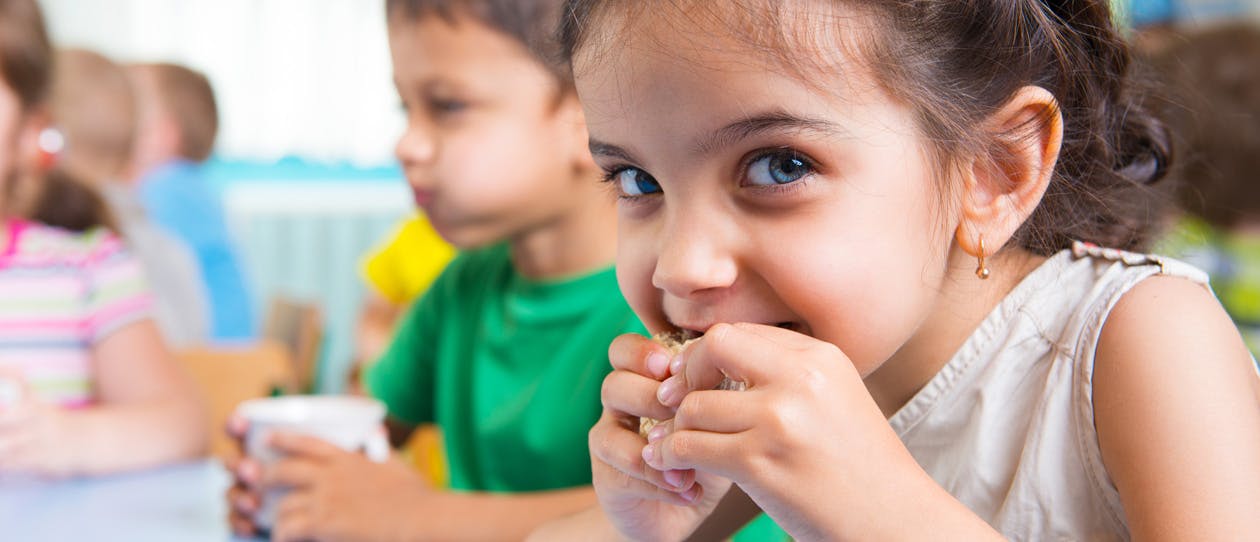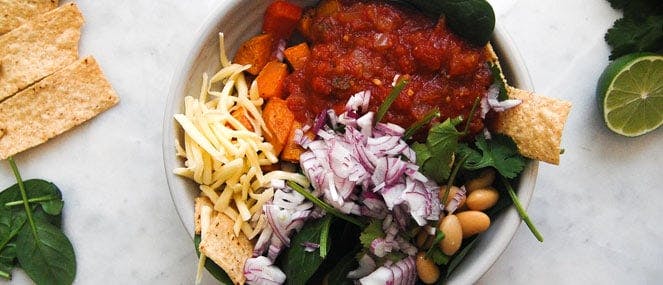
- Health hub/
- Kids Health/
- Every Parent's Guide to Healthy Eating for Kids


We all know that we should be feeding our kids the healthy stuff but there are times when life throws up a few quandaries.
To help you with the FAQs, from how to get kids to eat their vegetables to whether they need to finish what’s on their plate, we’ve asked the experts for answers to the questions all parents have.
Should I listen when my child says they’re full?
You may have grown up being told to finish what’s on your plate, but these days experts have a different view.“It’s our job as parents to decide what foods we offer to our children and when,” says Angela Stradwick, paediatric dietitian at Bloom Nutrition Studio, “but it’s up to the child to decide what they’re going to eat and how much.”
This less pressured approach enables your child to follow their own hunger and satiety cues, setting them up for future healthy eating habits.How do I know if my child is a healthy weight?
“Our perception of what constitutes a healthy weight is a bit distorted these days, because children are largely heavier than they should be,” says Miriam Raleigh, paediatric dietitian at Child Nutrition.If you’re worried that your child may be over or underweight, see a GP, dietitian or paediatrician, who can properly assess their weight, height and growth trajectory.
“If their waistband is getting tighter but their pants aren’t getting shorter, they may be overeating,” adds Raleigh.
It’s a battle getting my child to eat vegetables – what should I do?
It comes down to patience and perseverance: continue offering a range of vegetables at mealtimes, model healthy eating behaviours yourself and don’t make a fuss if kids reject vegetables, as this makes eating them a punishment.“Offering sweeter varieties of green vegetables like snow peas, cucumbers and sweet salad leaves can get the ball rolling, then you can progress to more strongly flavoured ones,” suggests Stradwick.
How often are treats ok?
“We generally say one discretionary food per week is okay, and if your child is very active you may increase it to two, but most Australian kids are actually having at least one a day,” says Kiera Batten, accredited practising dietitian at The Paediatric Specialists .Discretionary foods are essentially anything that doesn’t fit into the core food groups of fruit and vegetables, legumes, grains, good quality proteins, nuts, seeds and dairy products or alternatives.
How can I tell if a packaged snack is nutritionally okay?
A homemade snack like hummus and vegetable sticks, nut butter on crackers or fruit and yoghurt is always preferable, but if you must buy a packaged snack, scan the ingredients list first. If fat, sugar or salt is in the top three (indicating they make up the bulk of the product), veto it.“Look for products with less than 15g of sugar per 100g, less than 10g fat per 100g and less than 120mg of sodium per 100g,” advises Raleigh.
I have a really fussy eater – what to do?
“Serve meals buffet style, with the various components presented separately so kids can pick and choose which parts they want to eat,” says Stradwick. For instance, if tacos are on the menu, you could have the taco shells, bean mix, salad ingredients and guacamole on different plates.“Even if they don’t choose a certain food, they get to see other people enjoying it and it increases their exposure to it,” notes Stradwick.




